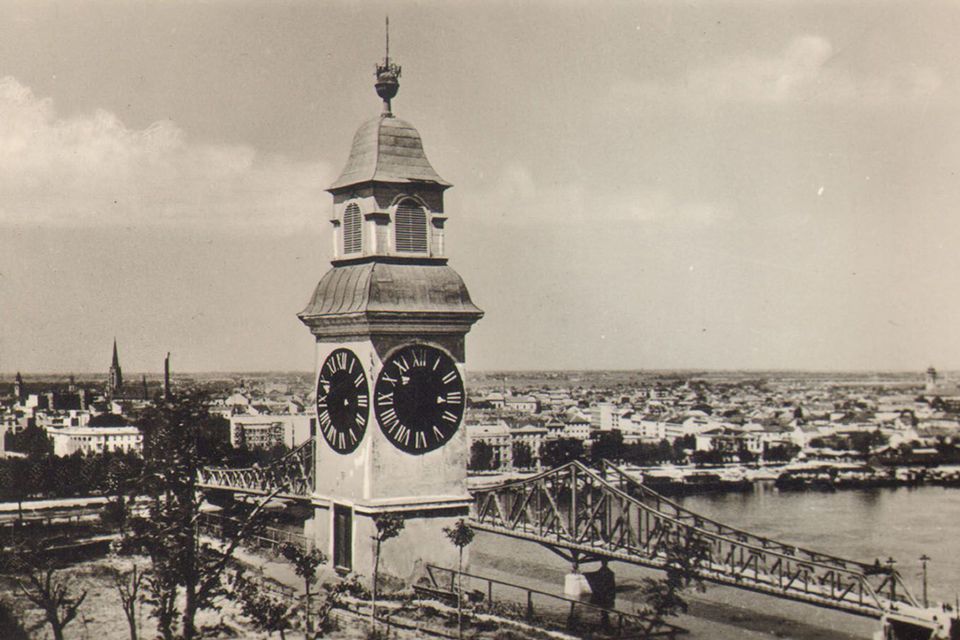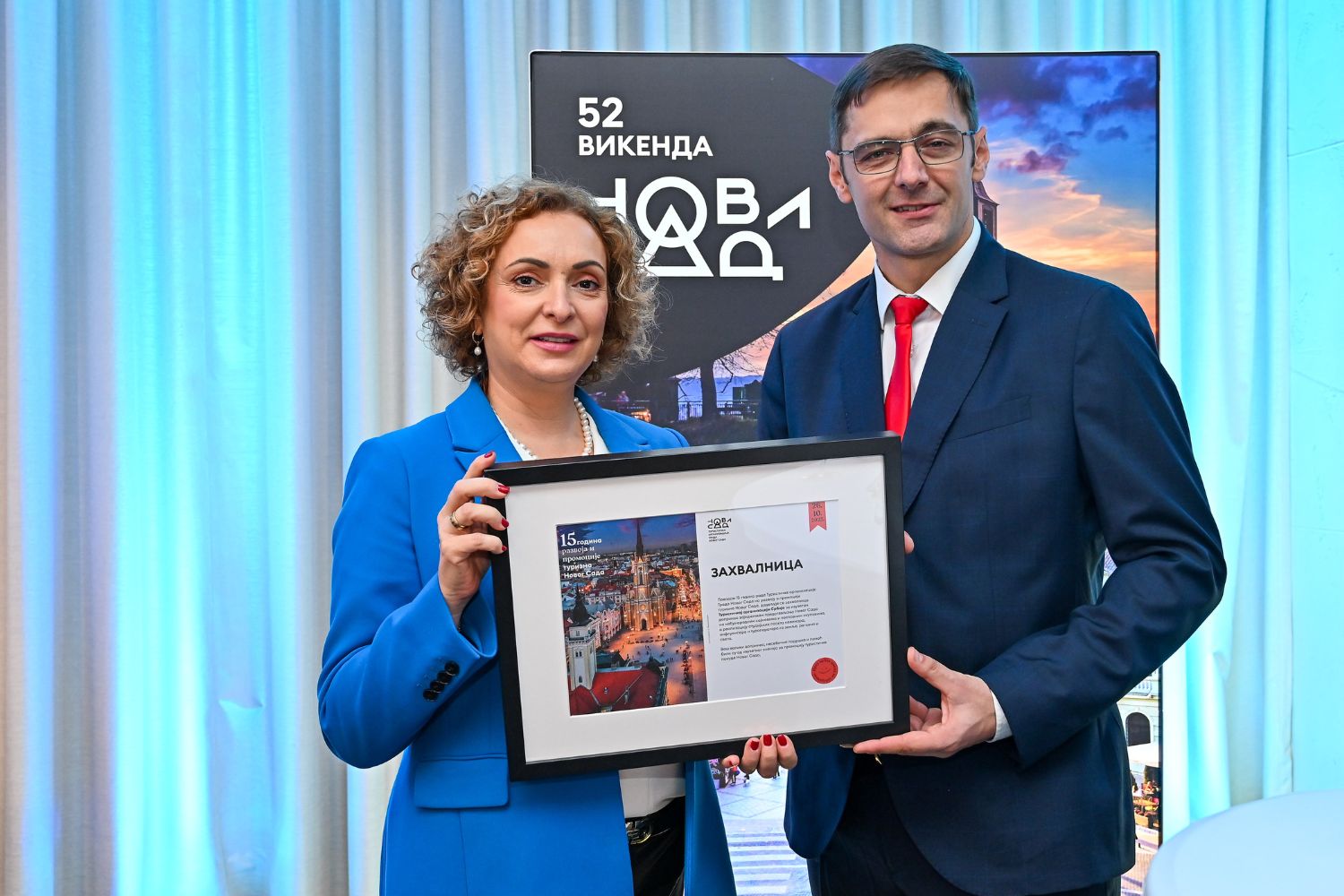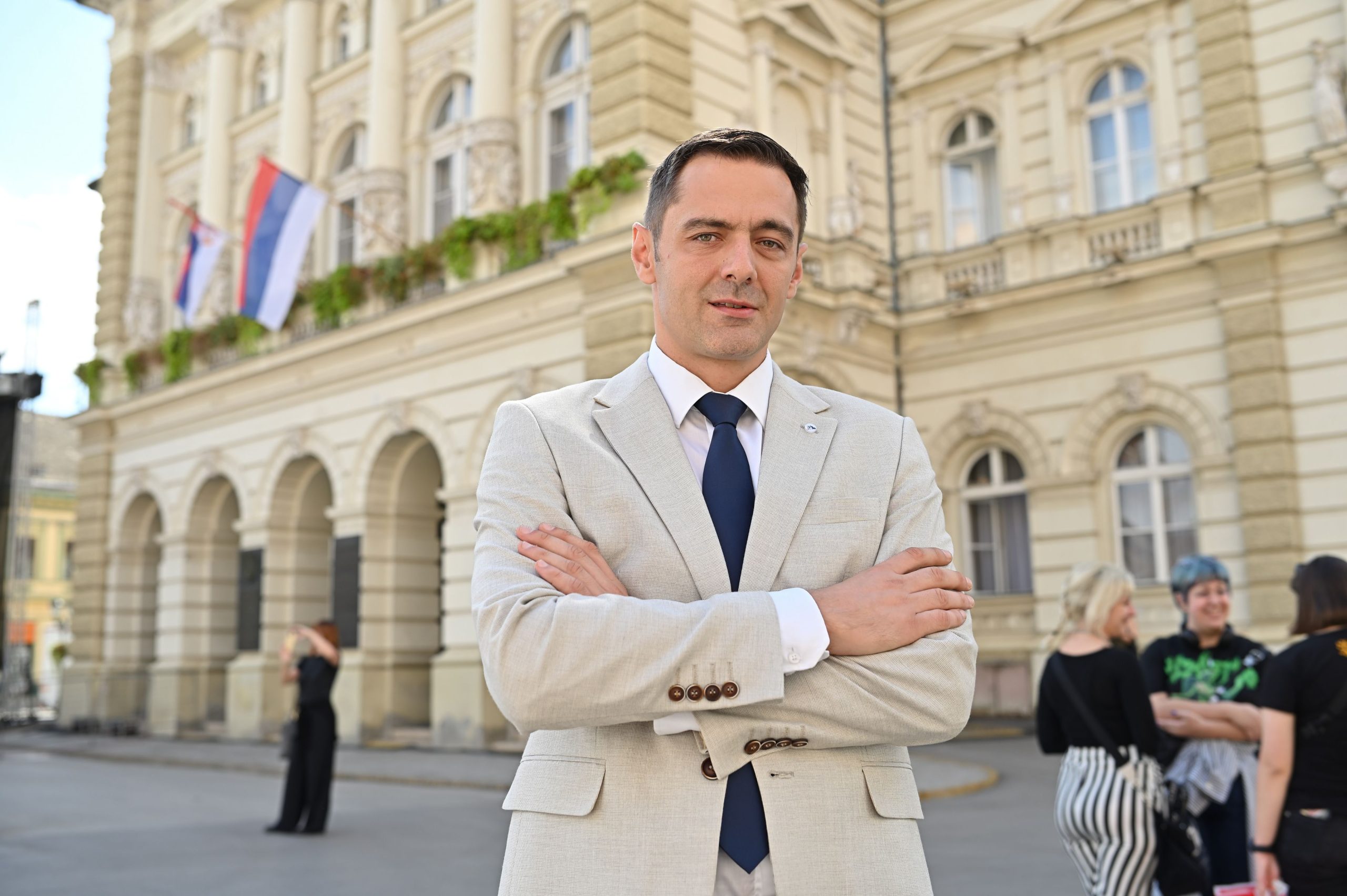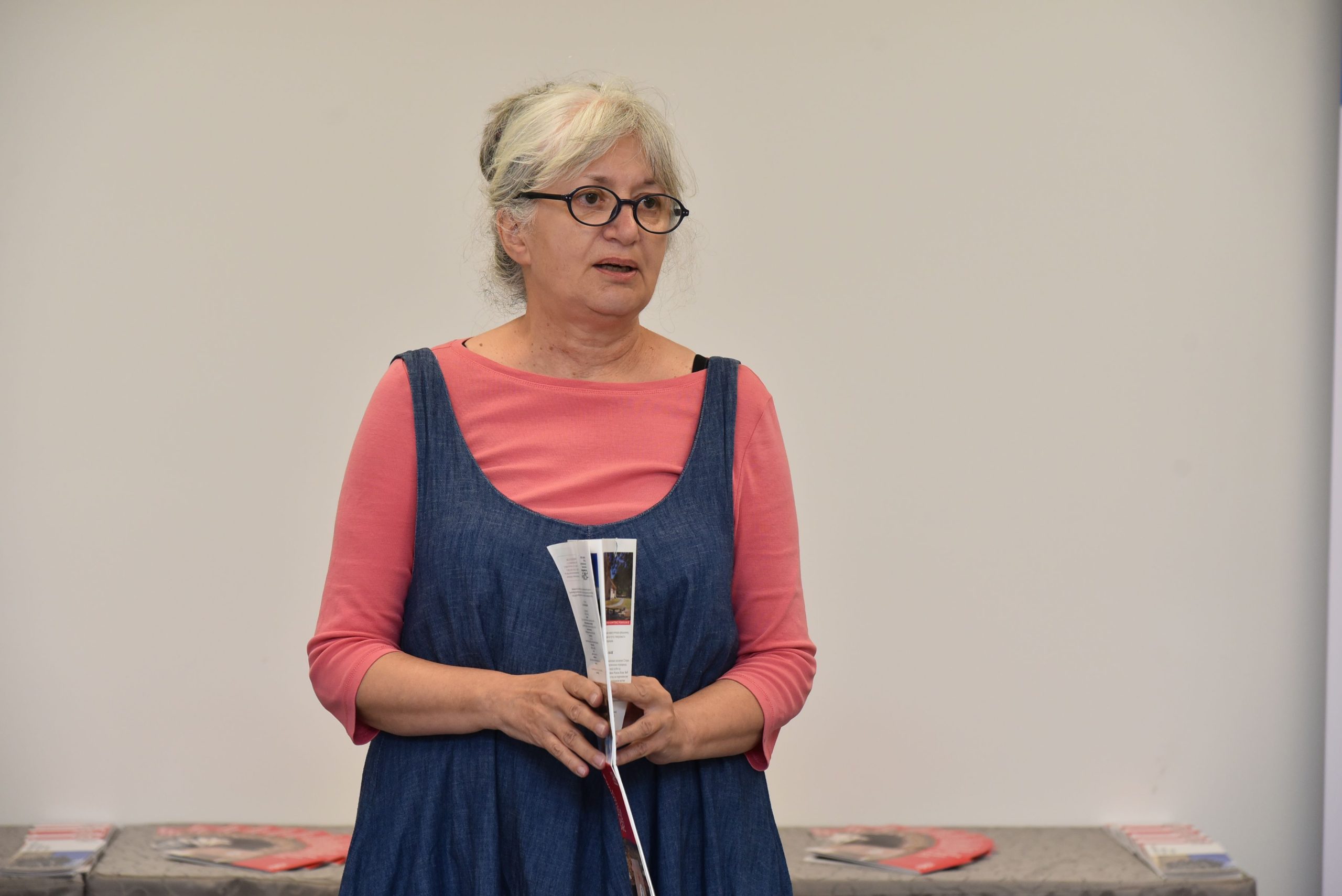Since the mid 19th century, the residents of Novi Sad, being of diverse nationalities and religious affiliations, have been using intensively the advantages of good transport connectedness with economic, cultural and tourist centres of Austro-Hungary. Steamboats and railway transport have contributed to that significantly since the second half of the 19th century.
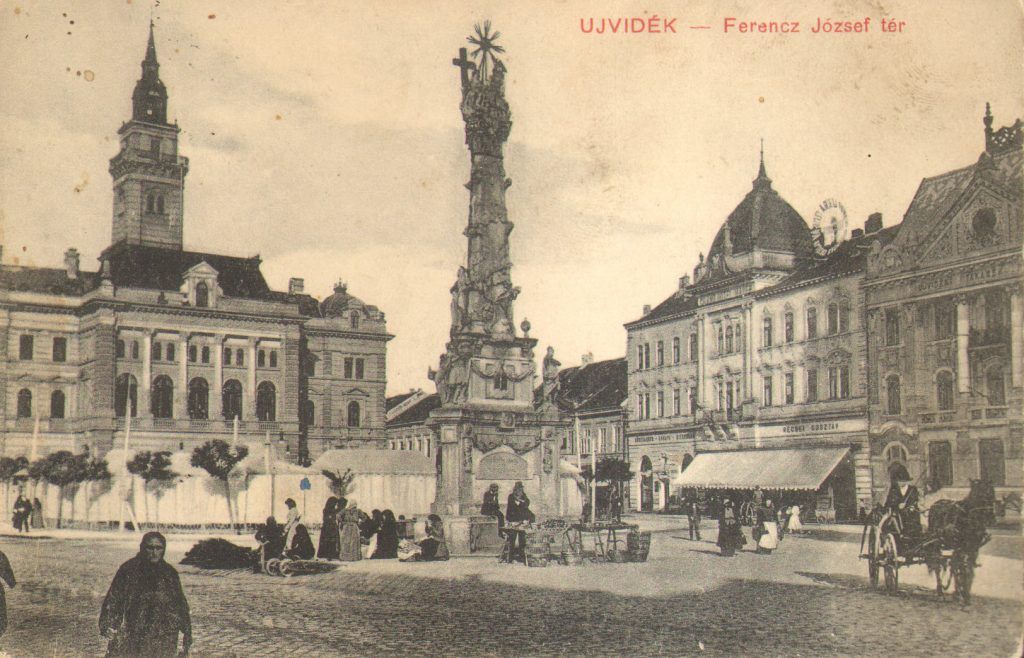
The beginnings of intensive tourism-related activities in Novi Sad are connected with the establishing of the Mountaineering Society “Fruška Gora” in 1924. A modern Tourist Centre was built at Iriški Venac in 1934. “Putnik Ticket Office” of the Mountaineering Society “Fruška Gora” was the forerunner of a modern tourist agency since it sold train tickets, booked sleeping cars and hotel rooms, was involved in exchange transactions, sold fair passes and tickets, provided visas and passports, distributed free leaflets about Novi Sad and disseminated all tourist information.
Trips to Budapest, for enjoyment in all the advantages of the Hungarian capital, and most often aimed at going to thermal baths, shopping, theatres and good restaurants, used to be the privilege of wealthier Novi Sad families.
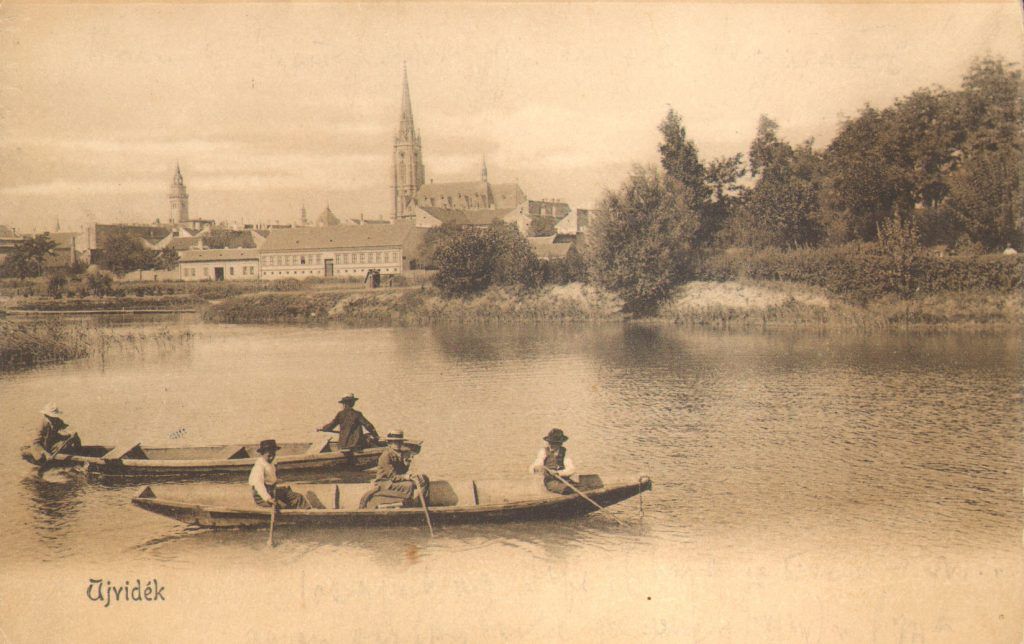
The city beach “Štrand“, or as it used to be called the “riverain town bath”, was considered one of the most beautiful public beaches on the Danube. During the 1930s, six hundred booths, as well as the restaurant with big terrace where orchestras used to entertain guests with live music in the evenings were arranged for the visitors. There were also a billiard hall, shop, barber’s shop and, naturally, a photographer.
The evidence of the habit of Novi Sad dwellers to think about hygiene and decent appearance at all times, and even during travelling, is kept by the City Museum of Novi Sad.
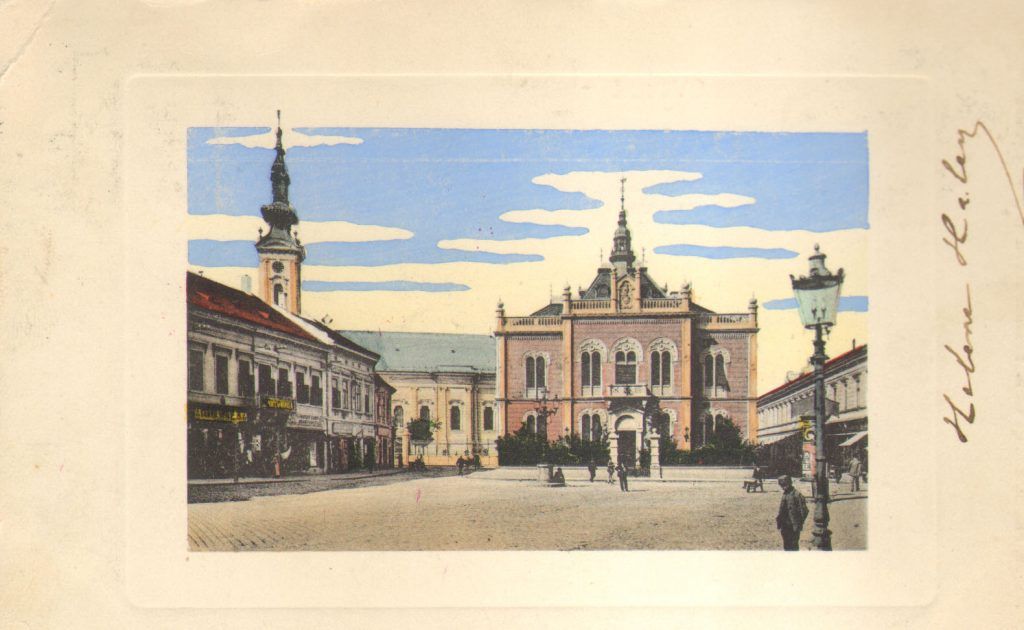
Serbian National Theatre, the oldest theatre of the Serbs that was established in 1861, is still active in Novi Sad today. After the fire that destroyed the building of the theatre, which used to be located in the yard of the hotel “Queen Maria”, the plays were performed in the hall of the “Habag” building.
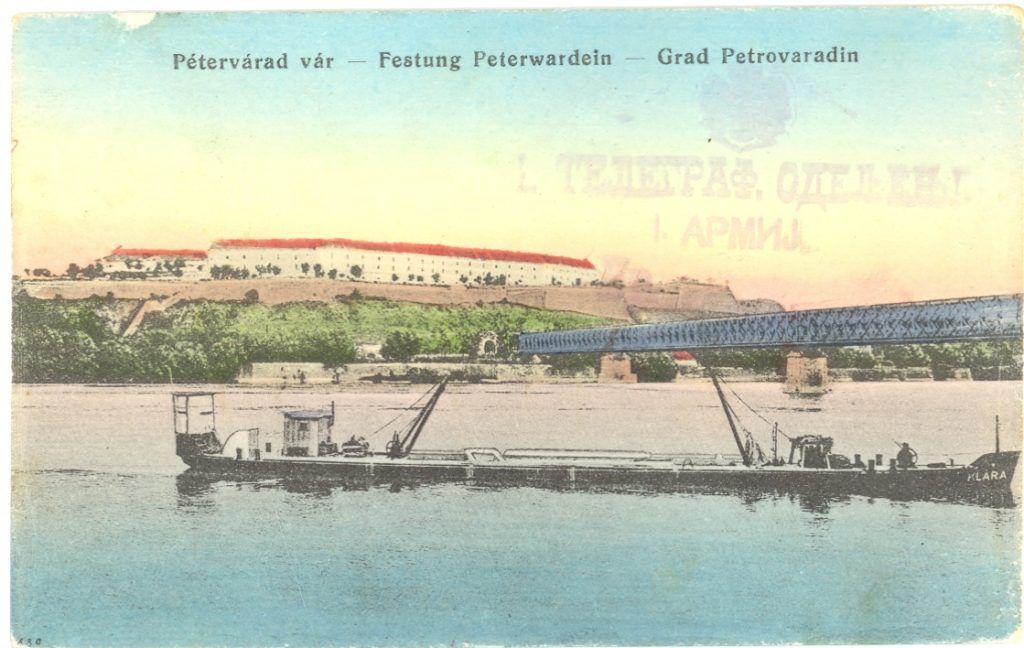
In the 1910, Novi Sad became the spa resort. The building of the town’s Iodine spa, a typical building in the secession style, was designed by Budapest architect Imre Franacek. The spa block was excellently equipped, in addition to a sufficient number of bathtubs and showers, there were also several pools with hot and cold water. Modern therapies (electric, crio, photo, fango, helio) along with diverse baths and massages helped the patients suffering from diseases as well as to those suffering from obesity.
Novi Sad has the hotel that has been at the same site and that has been used for the same purpose for more than hundred and sixty years now, since 1854. The only thing that has changed is its name that has followed the changes of states and social-political systems. Initially, the hotel was named after the Empress Elisabeth of Austria, the wife of Franz Joseph I. When Austro-Hungary left this region, the hotel was named after Queen Marija (Karađorđević) and, when the Kingdom of Yugoslavia was dissolved and socialist Yugoslavia founded, the name of the hotel was changed to “Vojvodina” that remained until today.
Author: Gordana Stojaković

